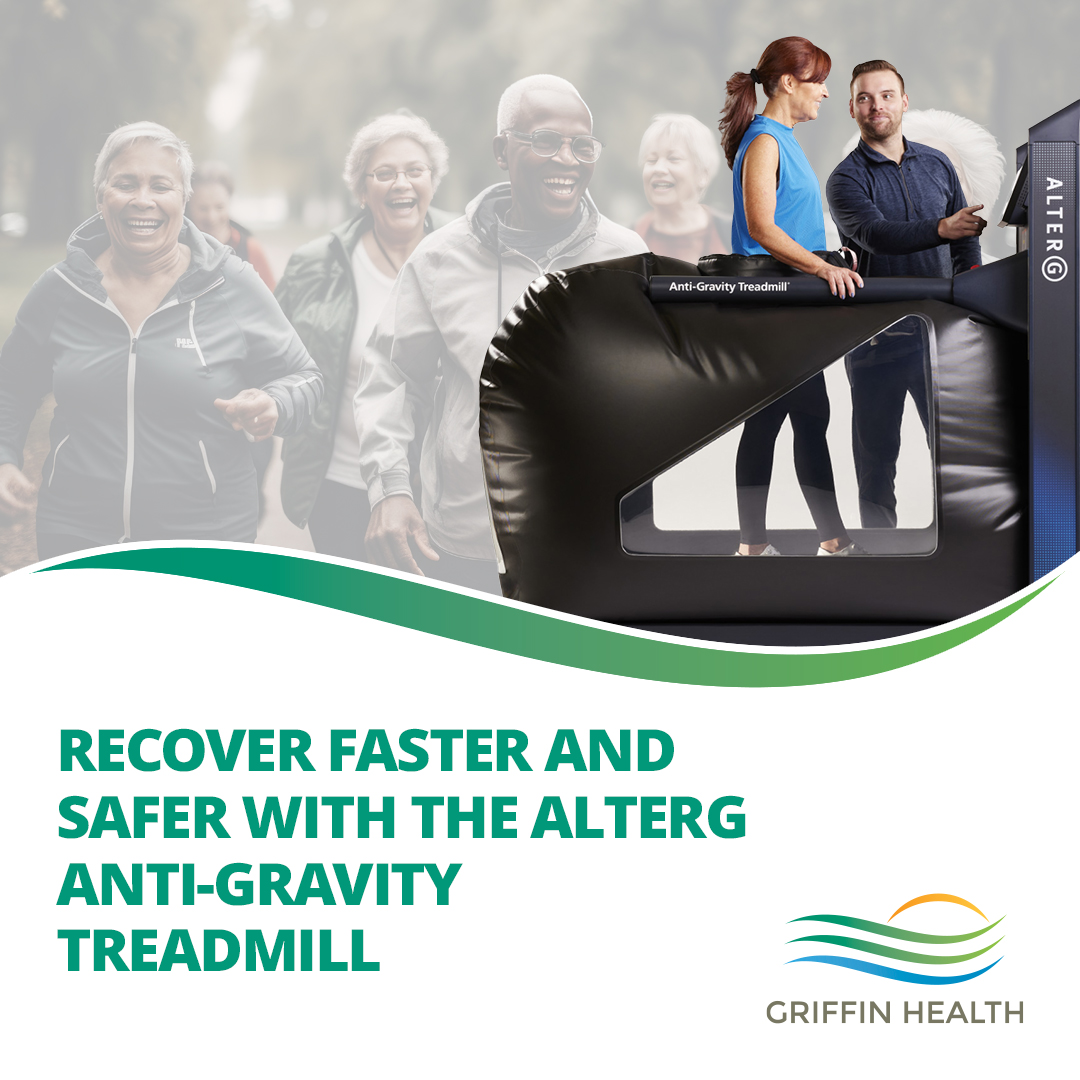
No one likes the dreaded injury that keeps them out of high school, college or recreational sports for days, weeks, or more. Here are some common injuries that many high school and college athletes face, how to help treat them, and information on an innovative way for athletes to practically float their way back into the game.
Common Sports Injuries
Here are some of the injuries that athletes face:
Jumper’s Knee (also known as Patellar Tendonitis or inflammation of the tissue connecting the knee cap and thigh muscle) – This is caused by repetitive motion and impact such as jumping, hurdling, etc. Typically, pain and discomfort are felt in the front of the knee, most commonly in the soft spot just beneath the knee cap.
Runner’s Knee – Due to repetitive motion and impact, an athlete can experience swelling and consistent pain behind or in front of the knee due to irritated cartilage. Athletes with this condition most commonly feel pain when bending the knee.
Sprains – Sprains can occur frequently for athletes. They are a stretch or tear of a ligament near a joint. These occur most commonly in our knees, ankles, and wrists and falling or twisting motions cause them. Sprains are accompanied by the inability to apply weight to the joint without pain. One of the most common knee sprains is a grade three anterior cruciate ligament (ACL) tear. It is a complete tear of the ligament caused by sudden stopping while running, changing directions rapidly, landing from jumping wrong, direct contact or collision.
Strains – Strains are an overstretching or tearing of the muscle due to overextension. Mild strains can be caused overtime by repetitive motion, whereas acute strains happen in one quick sharp movement such as running, jumping, or changing direction quickly. Cold temperatures increase the likelihood of strains.
Meniscus Tears – The meniscus is a tough rubbery piece of cartilage that sits between the bones in your knee joint. The meniscus acts as a shock absorber, but tears suddenly if you begin to run or stop quickly, change direction fast, or get tackled or knocked off of your feet.
How to Treat a Sports Injury
The most common way to treat an injury is the RICE (Rest, Ice, Compress, Elevate) method.
- Rest – Immediately after injury, try your best to rest that body part for 24-48 hours. This time is crucial as it can significantly impact recovery time. If the injury is significant enough, you may need to avoid bearing any weight on it. For situations like this, crutches will be a great asset.
- Ice – Apply ice to the injured area every hour for 15 to 20 minutes to help alleviate pain and swelling.
- Compression – Wrap your injury with an ace bandage to help reduce swelling and support your injury. Make sure not to wrap it too tight as we don’t want to cut off circulation!
- Elevation – Elevate the injured body part higher than your heart whenever possible. This reduces swelling and ensures little to no use of the extremity.
Sometimes RICE isn’t enough and surgery may be necessary, especially for ALC and meniscus tears. If at-home remedies do not help alleviate symptoms, contact your doctor for further precautions. Griffin Health Physical Medicine and Rehabilitation specializes in expert, person-centered care to individuals regain mobility and function. For more information about their services or to arrange a referral, visit www.griffinhealth.org/rehab.
Recovery and Prevention
Orthopedic surgeons recommend athletes stick to the dedicated season for each sport. Try changing up sports and activities year-round to help eliminate extra repetitive stress on the same joints.
Participating in physical therapy after an injury helps heal the body and prevent re-injury is also a great way to get yourself back out there. ACL tears specifically can be prevented by improving physical conditioning and muscular strength prior to jumping into a season full speed.
AlterG Anti-Gravity Treadmill at the Griffin Center for Healthy Living
Griffin Health offers an innovative way to ease back into sports and exercising during injury recovery with the AlterG Anti-Gravity Treadmill.
The treadmill uses NASA inspired technology of Differential Air Pressure (DAP) to reduce gravitational forces on athletes’ lower extremities by as much as 80%, allowing for earlier rehabilitation after injury or surgery that significantly reduces the risk of injury.
Visit the Griffin Health Center for Healthy Living’s AlterG website at www.griffinhealthyliving.org/zero-gravity-treadmill to learn more, or contact the Center at (203) 735-4070 to book your appointment now.